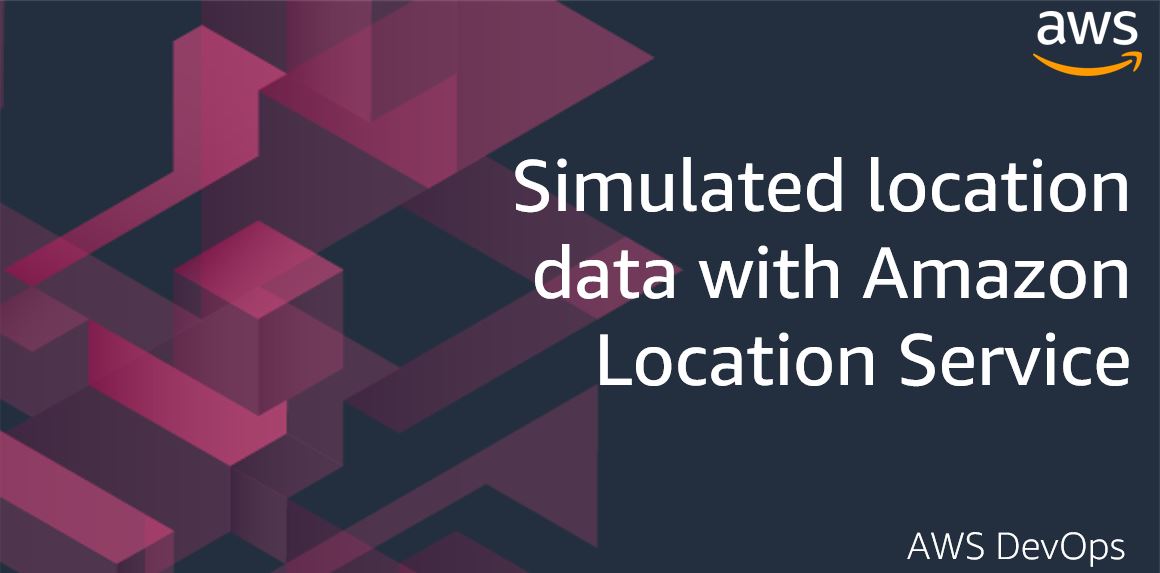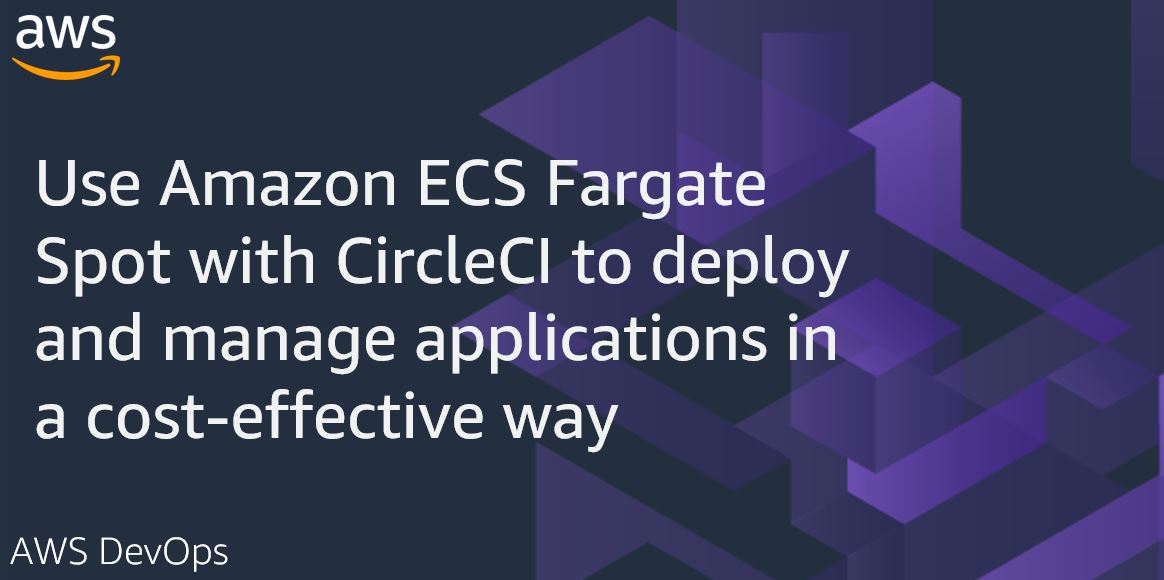AWS DevOps Blog
Category: *Post Types
Target cross-platform Go builds with AWS CodeBuild Batch builds
Many different operating systems and architectures could end up as the destination for our applications. By using a AWS CodeBuild batch build, we can run builds for a Go application targeted at multiple platforms concurrently. Cross-compiling Go binaries for different platforms is as simple as setting two environment variables $GOOS and $GOARCH, regardless of the […]
Simulated location data with Amazon Location Service
Modern location-based applications require the processing and storage of real-world assets in real-time. The recent release of Amazon Location Service and its Tracker feature makes it possible to quickly and easily build these applications on the AWS platform. Tracking real-world assets is important, but at some point when working with Location Services you will need to […]
How Amazon CodeGuru Reviewer helps Gridium maintain a high quality codebase
Gridium creates software that lets people run commercial buildings at a lower cost and with less energy. Currently, half of the world lives in cities. Soon, nearly 70% will, while buildings utilize 40% of the world’s electricity. In the U.S. alone, commercial real estate value tops one trillion dollars. Furthermore, much of this asset class […]
CDK Corner – August 2021
We’re now well into the dog days of summer but that hasn’t slowed down the community one bit. In the past few months the team has delivered 3 big features that I think the community will love. The biggest new feature is the Construct Hub Developer Preview. Alex Pulver describes it as “a one-stop destination […]
Use Amazon ECS Fargate Spot with CircleCI to deploy and manage applications in a cost-effective way
This post is written by Pritam Pal, Sr EC2 Spot Specialist SA & Dan Kelly, Sr EC2 Spot GTM Specialist Customers are using Amazon Web Services (AWS) to build CI/CD pipelines and follow DevOps best practices in order to deliver products rapidly and reliably. AWS services simplify infrastructure provisioning and management, application code deployment, software […]
Improve the performance of Lambda applications with Amazon CodeGuru Profiler
Amazon CodeGuru Profiler recently began providing recommendations for applications written in Python. Additionally, the new automated onboarding process for Lambda functions makes it even easier to use CodeGuru Profiler with serverless applications built on Lambda. This post highlights these new features by explaining how to set up and utilize Codeguru Profiler on an AWS Lambda function written in Python.
Build Next-Generation Microservices with .NET 5 and gRPC on AWS
Microservices commonly communicate with JSON over HTTP/1.1. These technologies are ubiquitous and human-readable, but they aren’t optimized for communication between dozens or hundreds of microservices. Next-generation Web technologies, including gRPC and HTTP/2, significantly improve communication speed and efficiency between microservices. AWS offers the most complete platform for builders implementing microservices — and the addition of HTTP/2 and gRPC support in Application Load Balancer (ALB) provides an end-to-end solution for next-generation microservices. ALBs can inspect and route gRPC calls, enabling features like health checks, access logs, and gRPC-specific metrics. This post demonstrates .NET microservices communicating with gRPC via Application Load Balancers.
Deploying custom AWS Config rules developed for Terraform using AWS Config RDK
To help customers using Terraform for multi-cloud infrastructure deployment, we have introduced a new feature in the AWS Config Rule Development Kit (RDK) that allows you to export custom AWS Config rules to Terraform files so that you can deploy the RDK rules with Terraform. This blog post is a complement to the previous post […]
Create CIS hardened Windows images using EC2 Image Builder
Many organizations today require their systems to be compliant with the CIS (Center for Internet Security) Benchmarks. Enterprises have adopted the guidelines or benchmarks drawn by CIS to maintain secure systems. Creating secure Linux or Windows Server images on the cloud and on-premises can involve manual update processes or require teams to build automation scripts […]
Deploying Alexa Skills with the AWS CDK
You can, and should, strive for Infrastructure-as-Code (IaC) and CI/CD in every project, including your Alexa Skills! Come learn how to use the AWS CDK to define your Alexa Skills as code and deploy them with a single CLI command or as part of a CI/CD workflow.









